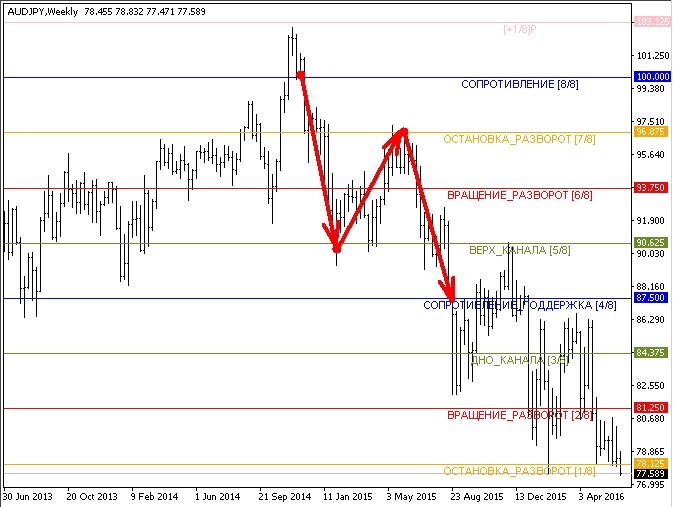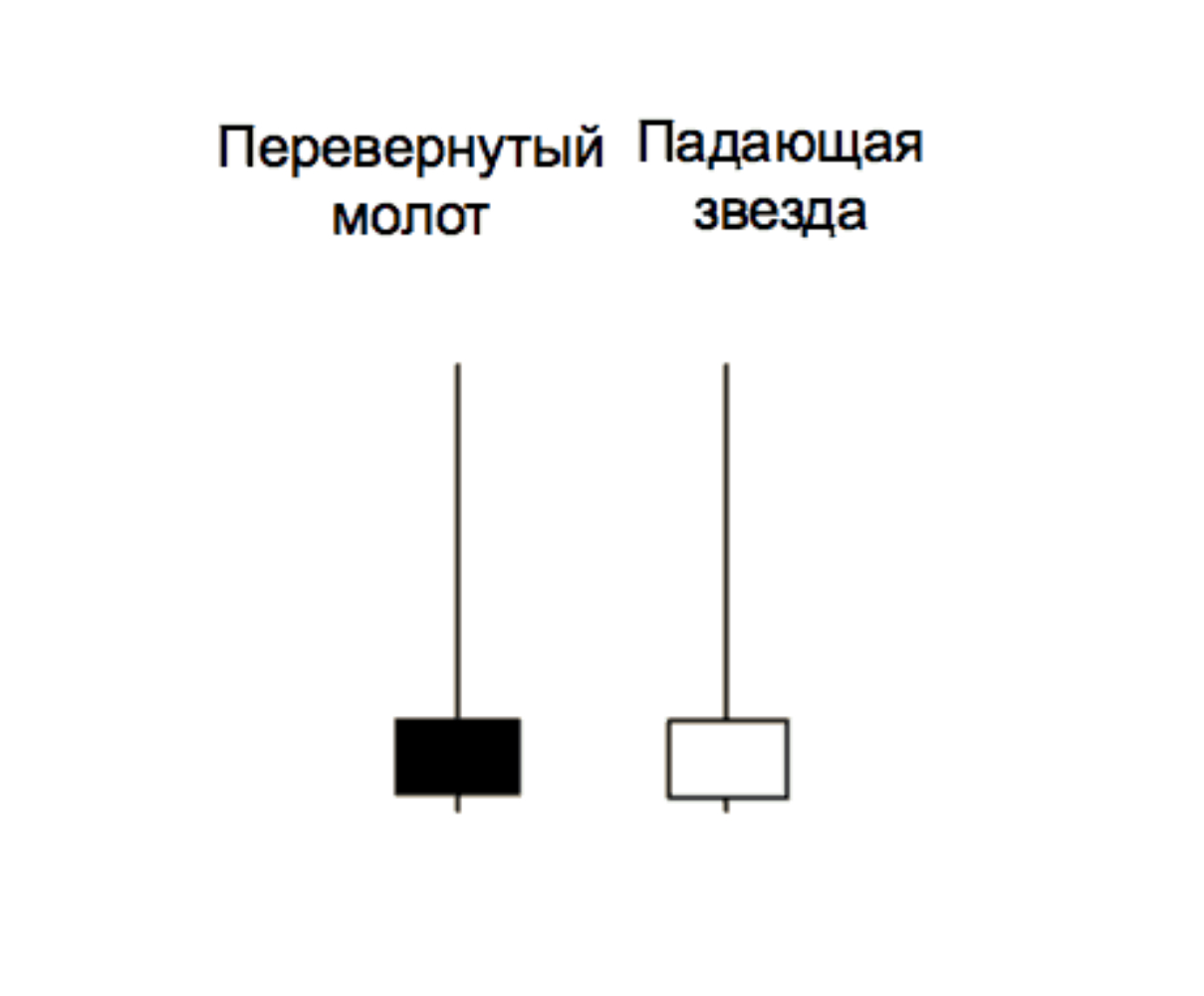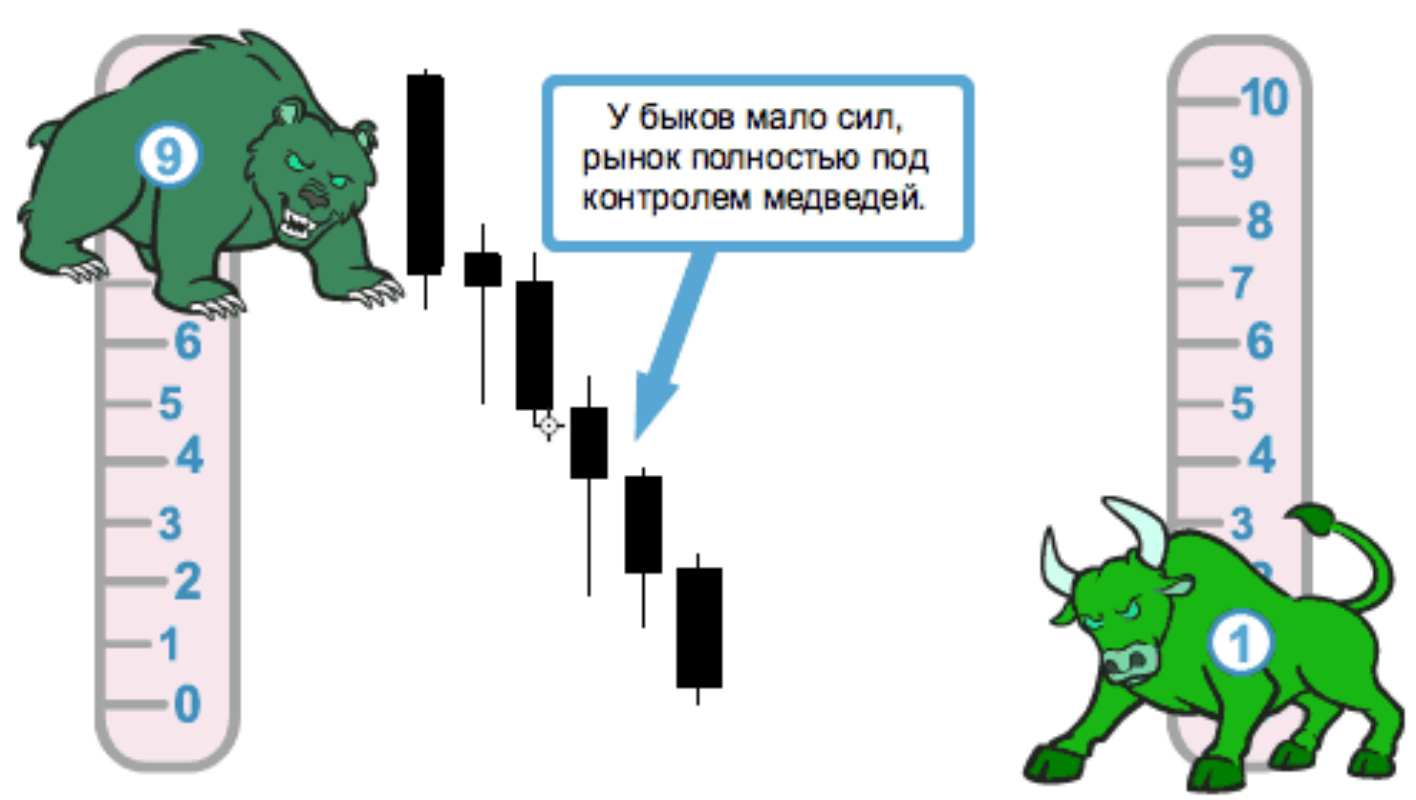Offsetting employee expense reimbursement against a paid vendor expense
A new market system, based on our principles, would have companies managing an E-balance sheet containing purchased and generated E-liabilities along with offset assets. Each period, they would add to their E-liabilities the carbon emissions acquired with product inputs they purchase and the emissions they generate through operations. They would subtract from their E-liability balance the emissions in products sold to customers and their realized and earned offsets. In this system, a firm would qualify as net zero for a given reporting year only if its closing E-liability balance at the end of that year had been matched by nettable E-assets. A similar logic would apply to the firm’s individual products and services claimed to be net zero. Beyond measurement issues, weaknesses in the accountability infrastructure of offset markets contribute to moral hazard problems.
For example, a U.S. high-tech company can today buy an offset contract whereby the emissions-reduction action is paying a low-income resident of a developing nation to replace a charcoal-burning stove with one that uses a low-carbon energy source. At present, most offsets are purchased by firms to reduce their reported net emissions and to demonstrate that they are on a trajectory to net-zero status. Companies also use offsets to introduce additional supply in government-run cap-and-trade systems by claiming that the captured carbon in the offset creates a right to emit beyond the regulated cap. In most cases, the offset takes the form of a certificate, issued by one of several private registries, that points to sequestered carbon at specified projects. In this article, we sketch out an accurate and auditable accounting framework for atmospheric carbon removal.
Frequently Asked Questions
This article discusses the history of the deduction of business meal expenses and the new rules under the TCJA and the regulations and provides a framework for documenting and substantiating the deduction. If the initial investment was a purchase, a sale is made to neutralize the position; to offset an initial sale, a purchase is made to neutralize the position. Based on previous experience, 10% of the total credit sales becomes uncollectible. Companies who sell on credit make a reasonable estimate based on past experiences that some customers will never pay. Based on the illustration above, the drawing account offset the capital account and reduced the amount of the capital by $100,000.
Former Assistant Superintendent Responds to Accounting Error … – OutlookNewspapers.com
Former Assistant Superintendent Responds to Accounting Error ….
Posted: Tue, 20 Jun 2023 02:45:02 GMT [source]
Accounting offsets are less necessary for capital expenditures relating to research and development because R&D ultimately leads to new revenue streams. Although companies looking to save a little bit on R&D can partner with local universities to include graduate students working on a free internship basis or in exchange for a scholarship, which would still be less costly than hiring full-time R&D staff. Accounting method planning may provide opportunities to decrease taxable income by deferring income or accelerating deductions to generate immediate cash tax savings, improve cash flow, or provide permanent tax benefits. Taxpayers should review their financial and tax accounting records to determine whether they may be able to benefit from these or other approaches.
Business
The accounting for carbon offsets and credits is both an emerging issue and one that has been on the radar of global standard-setters for decades. Mandatory emissions trading schemes are not new, but for companies making net-zero or other emissions commitments, voluntary offsets and credits are often a key driver of their strategy. Where these schemes were historically established to help companies comply with governmental emissions mandates, they are now also a catalyst of growth and innovation, incentivizing companies to develop and implement the latest renewable technology. This has caused the related accounting issues to reemerge as a high priority.
Under IFRS Accounting Standards, the IASB has a project on pollutant pricing mechanisms (e.g. emission trading schemes) on its newly created reserve list. Although identified as a high priority, the IASB concluded there were higher priority projects in the pipeline and the project will only be added to the work plan if capacity becomes available before its next five-year agenda consultation in 2026. These materials were downloaded from PwC’s Viewpoint (viewpoint.pwc.com) under license.
Which Method Should Your Business Use?
The goal of offsetting is to reduce an investor’s net position in an investment to zero so that no further gains or losses are experienced from that position. An offset involves assuming an opposite position in relation to an original opening position in the securities markets. For example, if you are long 100 shares of XYZ, selling 100 shares of XYZ would be the offsetting position.
Accumulated Depreciation is an offset account paired with depreciable Fixed Assets. Recent media investigations suggest that the great majority of products transacted on offset markets remove very little GHG from the atmosphere. In many cases, carbon certificate buyers “retire” the certificates shortly after social media customer service purchase by returning them to the registry with instructions to remove them from the marketplace, not to be resold. The buyers then claim to have permanently removed the carbon quantity printed on the certificates from the atmosphere, at least for the purposes of their net-zero calculation and disclosure.
Offset Account in AccountingDefined with Types and Examples
But regardless of when the realizable criterion is satisfied, the landowner does not start to “earn” the carbon offset until year 10, when it can verifiably demonstrate that nontrivial quantities of carbon are being captured by the forest. However, before concluding, understand exactly how the retirement mechanism works and how such retirement benefits the customer. This will help determine whether the customer is in fact the beneficiary of the carbon credits rather than it being a notional accreditation that credentializes the widget in some way. If carbon credits are retired on behalf of the customer, that might indicate that a separate service is being provided to the customer.
- You can just create a deduction item when creating payroll to your employee to reimburse against the amount or expense you paid to the vendor.
- In offset accounting, you decrease the total, or net, of a different account balance to create a net balance.
- Applying standard financial-accounting principles to the case of captured emissions, the landowner can capitalize such rights as an E-asset based on both the measurability of how much and when the carbon will be captured and the likelihood that it will be captured.
- Accrual basis accounting gives the most accurate picture of the financial state of your business.
- Although we endeavor to provide accurate and timely information, there can be no guarantee that such information is accurate as of the date it is received or that it will continue to be accurate in the future.
Markets for carbon trading function poorly, and many traded offsets do not actually perform as promised. Without robust protocols for monitoring offsets and in the absence of proper accounting mechanisms, market-based approaches to reducing atmospheric GHG will be vulnerable to misrepresentation and fraud. Similar to IFRS Accounting Standards, there is no US GAAP specific to carbon credits, although the FASB does have a project on its agenda (see below).
In options markets, traders often look to offset certain risk exposures, sometimes referred to as their « Greeks. » For instance, if an options book is exposed to declines in implied volatility (long vega), a trader may sell related options in order to offset that exposure. Likewise, if an options position is exposed to directional risk, a trader may buy or sell the underlying security to become delta neutral. Dynamic hedging (or delta-gamma hedging) is a strategy employed by derivatives traders to maintain offsetting positions throughout their books on a regular basis. In the derivatives markets, to offset a futures position a trader enters an equivalent but opposite transaction that eliminates the delivery obligation of the physical underlying.
Here the (negligible) loss from the coffee is offset by the profit made on the cake, combined with the potential influx of new diners lured in by the promotion. The Allowance for Bad Debts or Allowance for Doubtful Accounts is a type of offset account that estimates how much of the total Accounts Receivable will become uncollectible. The normal balance of capital is a credit so to offset its amount, a debit has to be passed which is the normal balance of a drawing account. Accumulated depreciation brings down the value of fixed assets to its book value, representing the amount of depreciation that these assets accumulate each year until they are fully depreciated. When talking about offsetting in accounting, it usually refers to reducing or negating the balance of another account that it is paired with. Unlike typical tangible assets, some E-assets may become more valuable than originally expected, such as when the forest grows larger and faster than anticipated, enabling it to capture and store more carbon.












